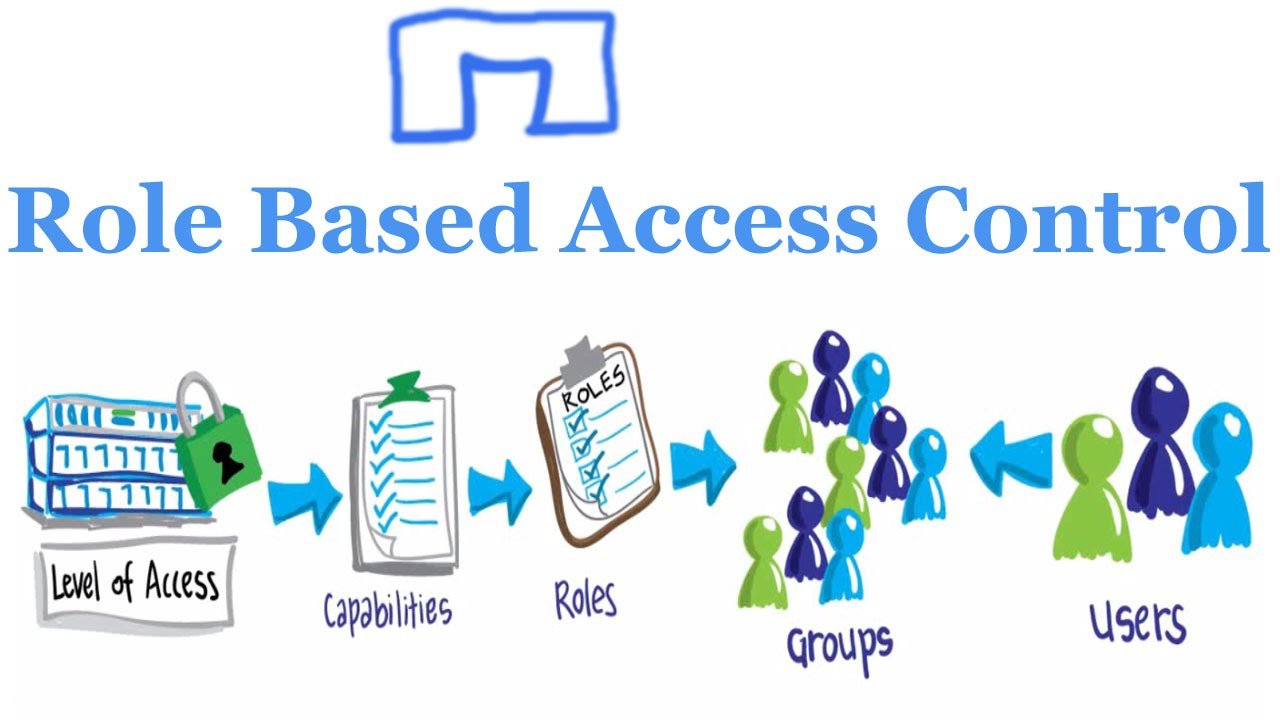Advantages of RBAC Access Control
• RBAC Access Control provides a simplified framework that is logical. Instead of having to manage lower-level access management, both functions should be integrated with the company's corporate structure, encouraging users to perform their tasks more effectively and independently.
• With the help of RBAC Access Control, you can now lower the requirement for documentation, paperwork, and password amendments, whenever any employee switches their job or is hired. It also allows you to easily incorporate and change responsibilities while still implementing them widely through software applications, networks, and programs. RBAC reduces the probability of error when issuing access permission. It has many economic advantages, one of which is a decrease in time which is being spent on administrative activities.
• Federal, national, and municipal laws apply to all of the organizations. Businesses can effectively satisfy legislative and regulatory standards for privacy and security for an RBAC since IT teams and managers can control how information is accessed and used. This is extremely significant for financial and medical institutions, which handle a large amount of confidential data.
After knowing more about RBAC Access Control and its benefits, we hope you will be all set to use it. Foxpass is here at your convenience now to assist you with how it can help your organization. Visit our official website and have a look at how our software can assist you.

Comments
Post a Comment